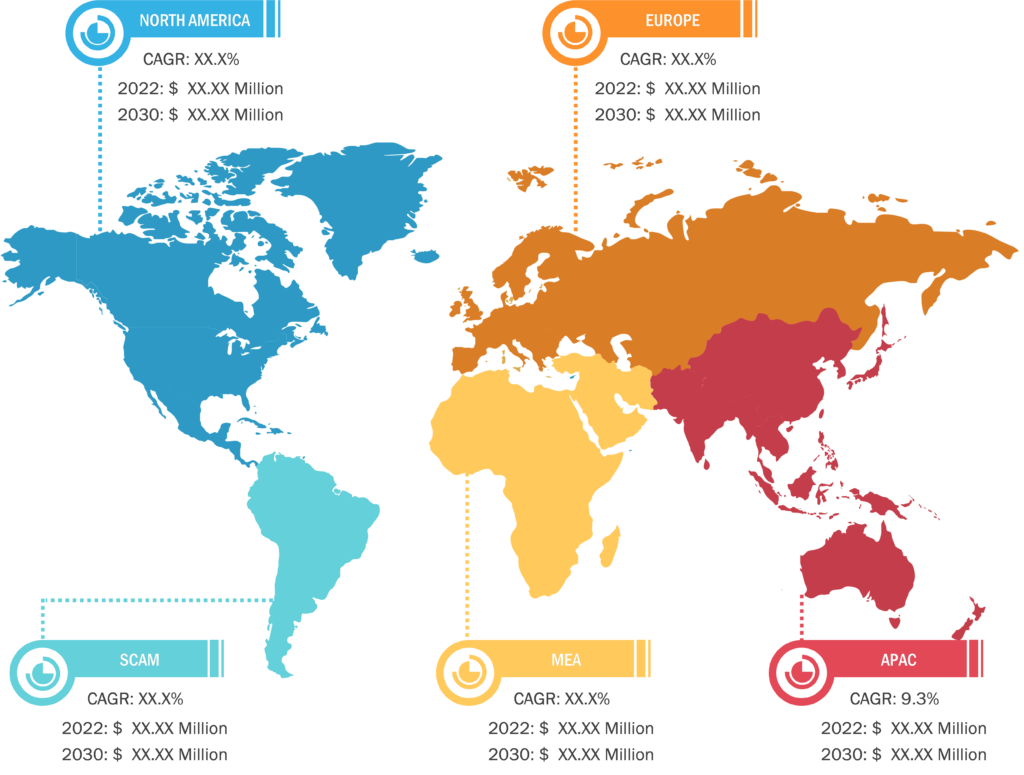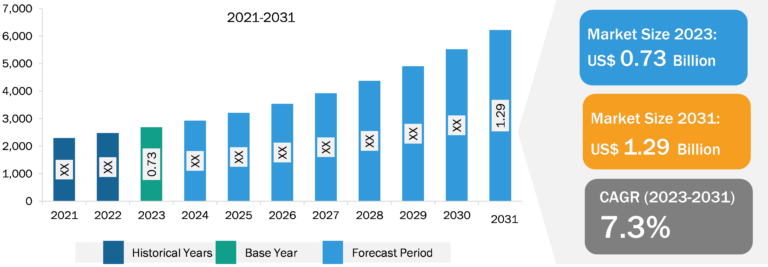
Auditory Brainstem Implant Market
Technological Advancements in ABI Devices Drives Auditory Brainstem Implant Market Growth
Research on ABI has grown significantly in the twenty-first century, and applications of this technology are anticipated to advance. Advances in external speech processors and receiver-stimulator technology have been achieved, although the devices are essentially identical to those used for CIs. Technological advancements in ABI devices include miniaturization, improved electrode design, and signal processing. These structural upgrades have enhanced the performance of ABI devices, making them appealing to patients and surgeons. An article published by ScienceDirect in April 2021 aimed to outline recent clinical, fundamental scientific, and bioengineering achievements in ABIs and discuss future objectives for this technology. According to this article, innovative developments in optogenetics and bioengineering will provide opportunities to evolve ABI technology in the future, improving spatial selectivity of neuronal activation in the cochlear nucleus and preventing side effects through reduced activation of non-target neuronal circuitry. These developments will improve surgical planning and patients’ audiological capacities.

Auditory Brainstem Implant Market: Segmental Overview
The “auditory brainstem implant market” is segmented on the basis of component, age group, application, end user, and geography. Based on component, the auditory brainstem implants market is segmented into microphone, decoding chip, and electrodes. Electrodes segment held the highest market share in 2020-2030.
Based on age group, the auditory brainstem implants market is bifurcated into adults and pediatrics. The pediatric segment is anticipated to hold the larger revenue share in the global market in 2022-2030. This is due to the increasing incidence of congenital profound hearing loss with anomalies in children worldwide, which results in rising auditory brainstem implantation surgery. Patients with severe Sensorineural Hearing Loss (SNHL) who are ineligible for auditory nerve surgery or have scarring of the inner ear caused by trauma or infection have found auditory brainstem implant surgery to be extremely effective.
Based on application the market is bifurcated into sensorineural hearing loss and conductive hearing loss.
The auditory brainstem implants market, based on the end-user is categorized into hospitals, ENT clinics, and ambulatory surgical centers. The hospitals segment will grow with the highest CAGR in the market during 2022–2030. Auditory brainstem implants involve complicated surgeries that needs specialized medical attention, including diagnosis, treatment, and ongoing monitoring. Hospitals play an essential role in delivering complete healthcare services to patients.
Auditory Brainstem Implant Market: Competitive Landscape and Key Developments
Key development by major market player include:
- In January 2022, Cochlear Americas Corporation received FDA approval for its Nucleus 24 Cochlear Implant System. This approval broadens the usage of this device to include individuals aged five years and above who have severe to profound hearing loss in one ear (also known as single-sided deafness/unilateral hearing loss {SSD/UHL}) and normal hearing or mild hearing loss in the other ear.







